The Dodge Charger Daytona and Plymouth Superbird are among the most recognizable muscle cars ever built. Released at the height of NASCAR’s aero wars, they were born from a simple mission: win races. Their outrageous wings and pointed nosecones weren’t just for looks—they were carefully engineered to slice through the air at speeds never before seen on American tracks. More than fifty years later, these cars remain legends of both the racetrack and the collector market.
The Origins of the Daytona Superbird

By the late 1960s, NASCAR competition had grown fierce, with Ford and Mercury setting the pace. Dodge engineers knew the standard Charger needed help on the superspeedways, so they created the Charger Daytona in 1969. A year later, Plymouth followed with the Superbird, developed in part to lure Richard Petty back to the brand after he left for Ford.
Both cars carried radical aerodynamic features—extended nosecones, flush rear glass, and tall rear wings—that made them stand out on the street and dominate on the track. The result was a pair of machines unlike anything else Detroit had built.
Release and Specifications
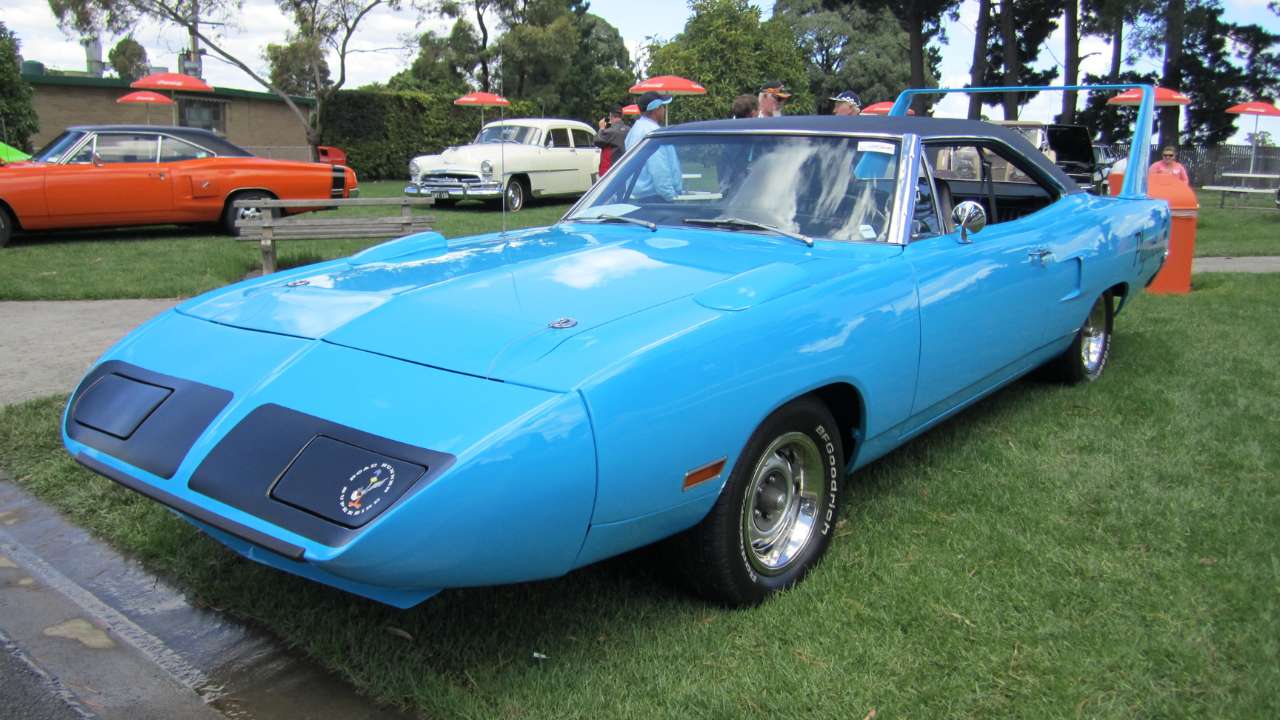
The Dodge Charger Daytona debuted in 1969, followed by the Plymouth Superbird in 1970. Production was limited to satisfy NASCAR’s homologation rules, which required at least 500 examples be built. Dodge produced around 503 Daytonas, while Plymouth built approximately 1,920 Superbirds.
These low numbers add to their desirability today. Each car could be ordered with a 440-cubic-inch V8 (375 hp with a four-barrel or 390 hp with the Six Pack) or the legendary 426 Hemi V8, rated at 425 hp. Few Hemi-powered cars were made, making them the most sought-after of the bunch.
NASCAR dominance and rule changes
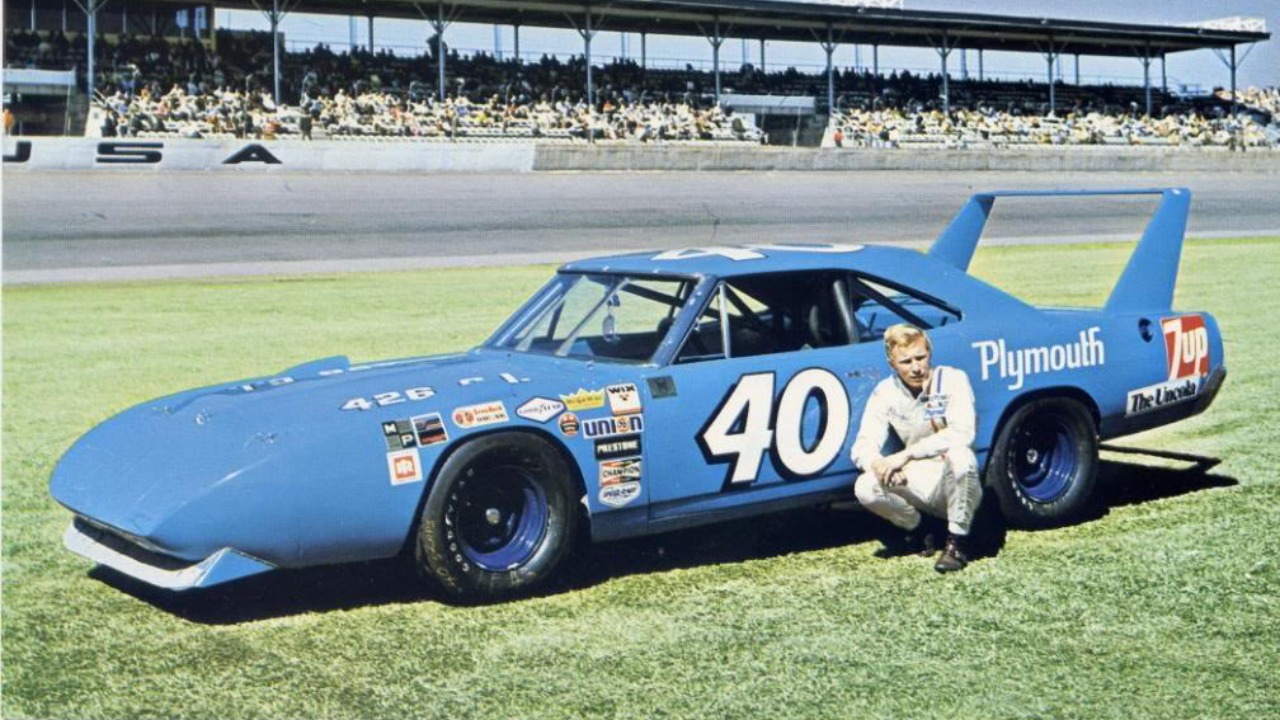
On the track, the wing cars proved their worth. In 1970, Buddy Baker drove a Daytona to the first NASCAR lap recorded at over 200 mph at Talladega. Richard Petty’s Superbird was equally feared, collecting wins that season and cementing its reputation.
But their reign was short-lived. NASCAR, concerned about escalating speeds and costs, quickly changed the rules, limiting engine size for aero cars. By 1971, the Daytona and Superbird were effectively sidelined, leaving behind only a single year of full competition but an outsized legacy.
Current Market Value
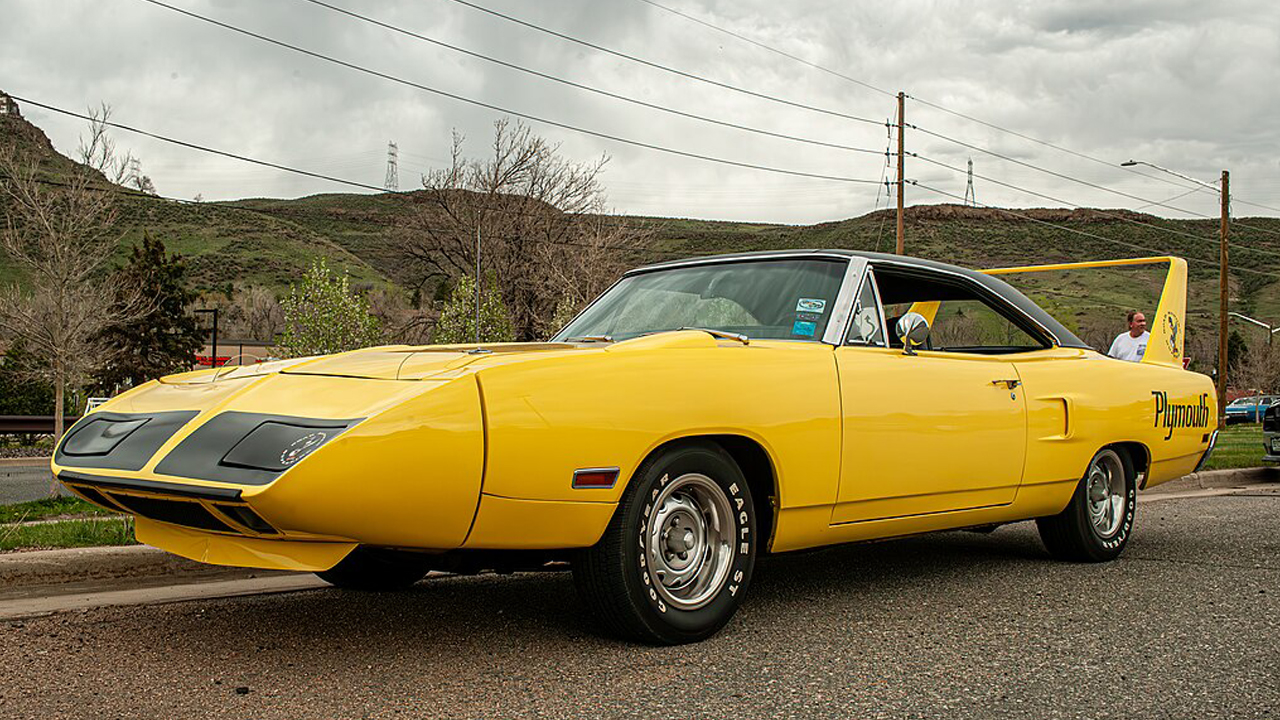
Market values for Daytonas and Superbirds vary widely, driven by condition, originality, and engine choice. A clean 440 car often commands $250,000–$450,000, while Six Pack cars climb higher. The rarest 426 Hemi versions can break $1 million at auction, though typical sales tend to stay in the high six figures.
These cars have seen ups and downs in the market, but their status as icons of American performance makes them strong long-term investments. Few muscle cars carry the same mix of rarity, racing heritage, and visual drama.
Preservation and Restoration
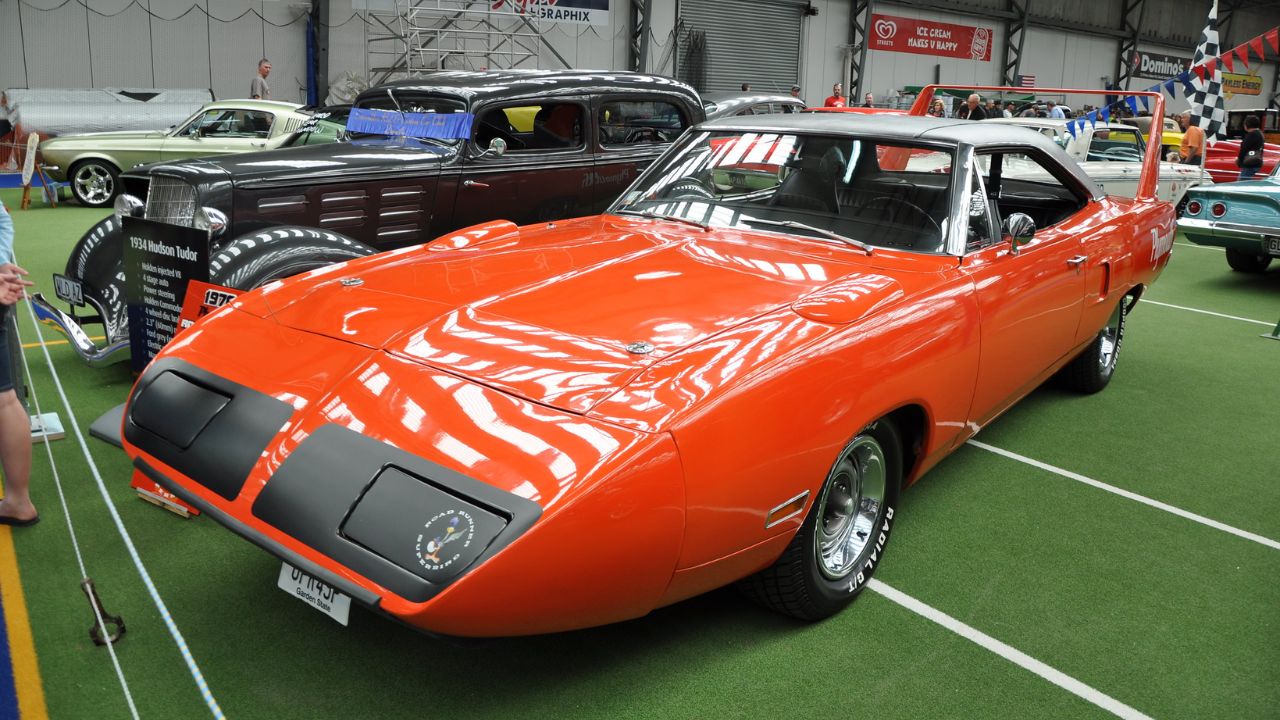
Owning a Daytona or Superbird isn’t always simple. Original nosecones, wings, and trim pieces are hard to find and expensive to replace. Restorers often spend years tracking down correct parts or fabricating replacements. Because originality is king in the collector market, cars with numbers-matching drivetrains and unmodified bodywork command the highest premiums.
Enthusiasts who preserve these cars carefully—through proper storage, gentle driving, and diligent maintenance—help ensure their value continues to rise while keeping a key piece of racing history alive.
The Dodge Charger Daytona and Plymouth Superbird weren’t built to last forever, but they became instant classics. Their dominance on the track, outrageous design, and short-lived production run gave them a mystique that no other American muscle car can match. Decades later, they remain proof of how far manufacturers were willing to go in pursuit of speed, and why these winged warriors are still among the most coveted classics in the world.
Like Fast Lane Only’s content? Be sure to follow us.
Here’s more from us:
*Created with AI assistance and editor review.

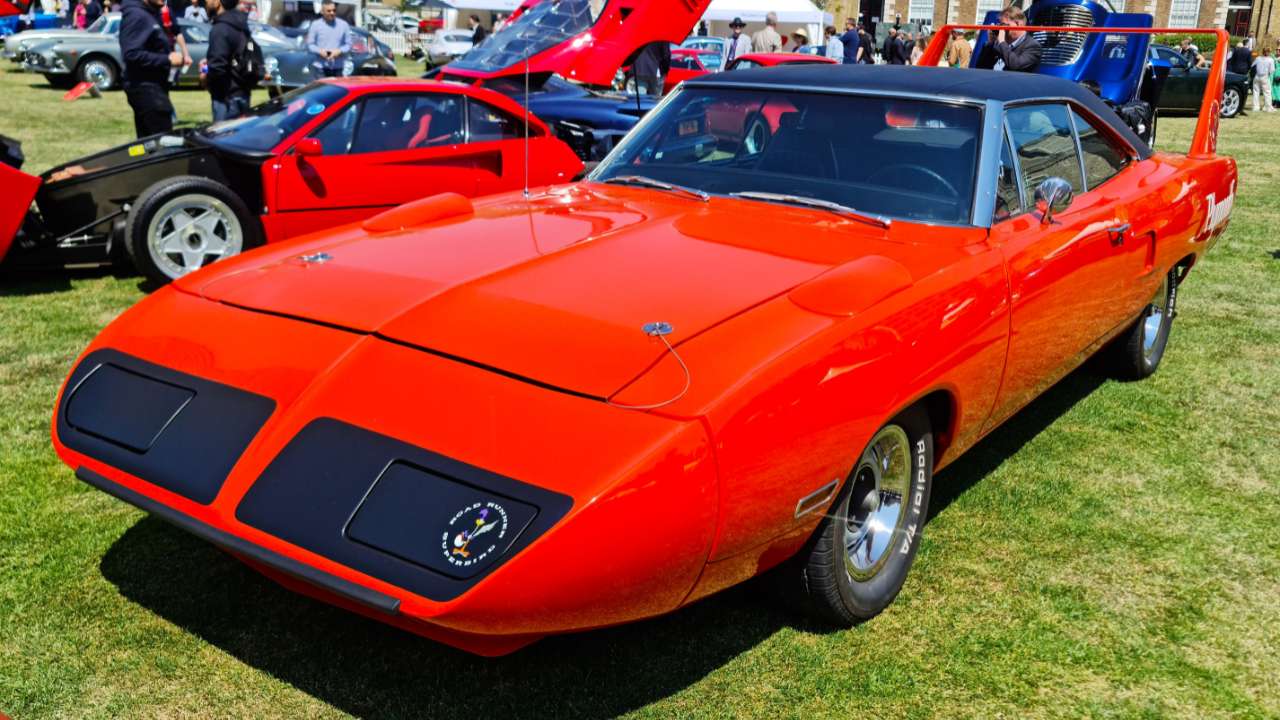
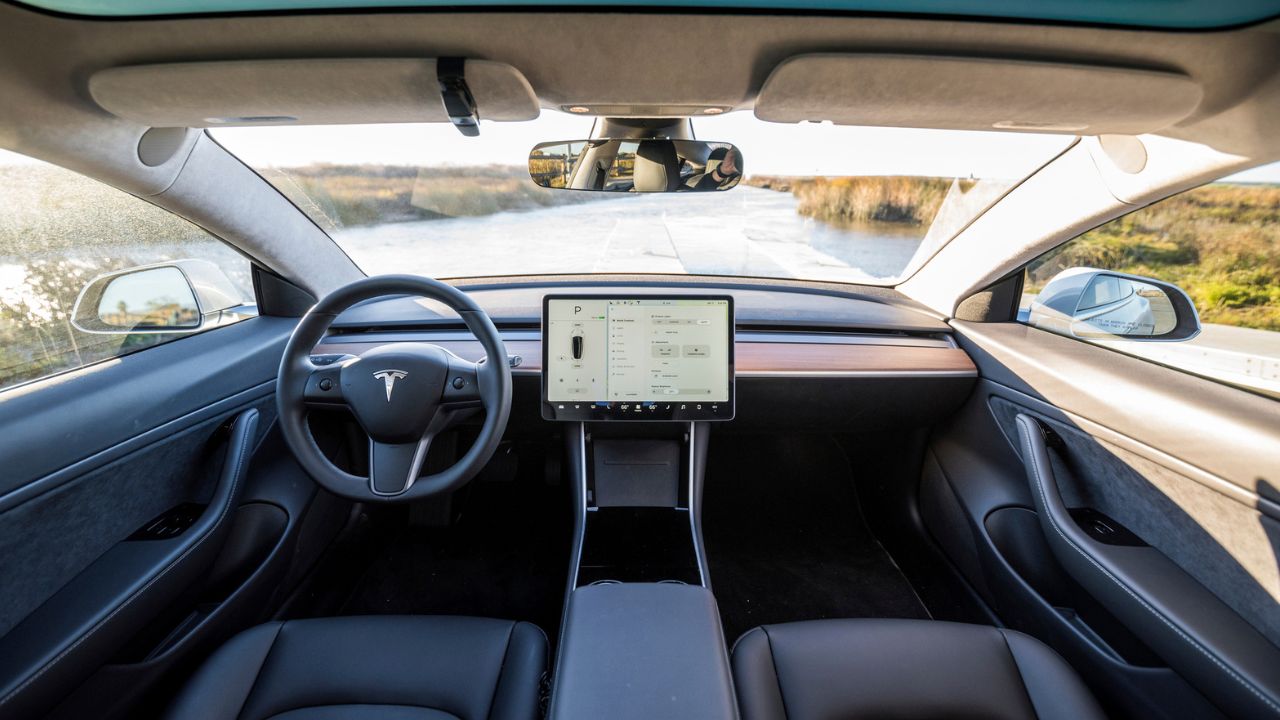
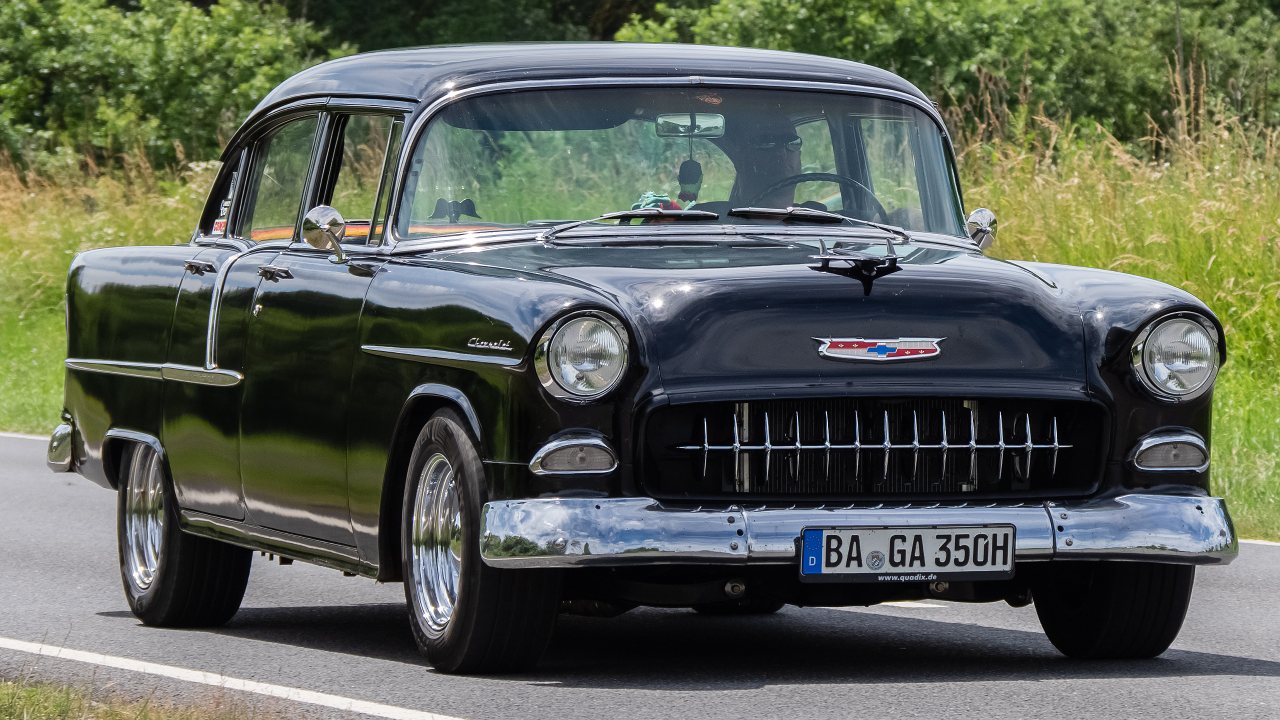
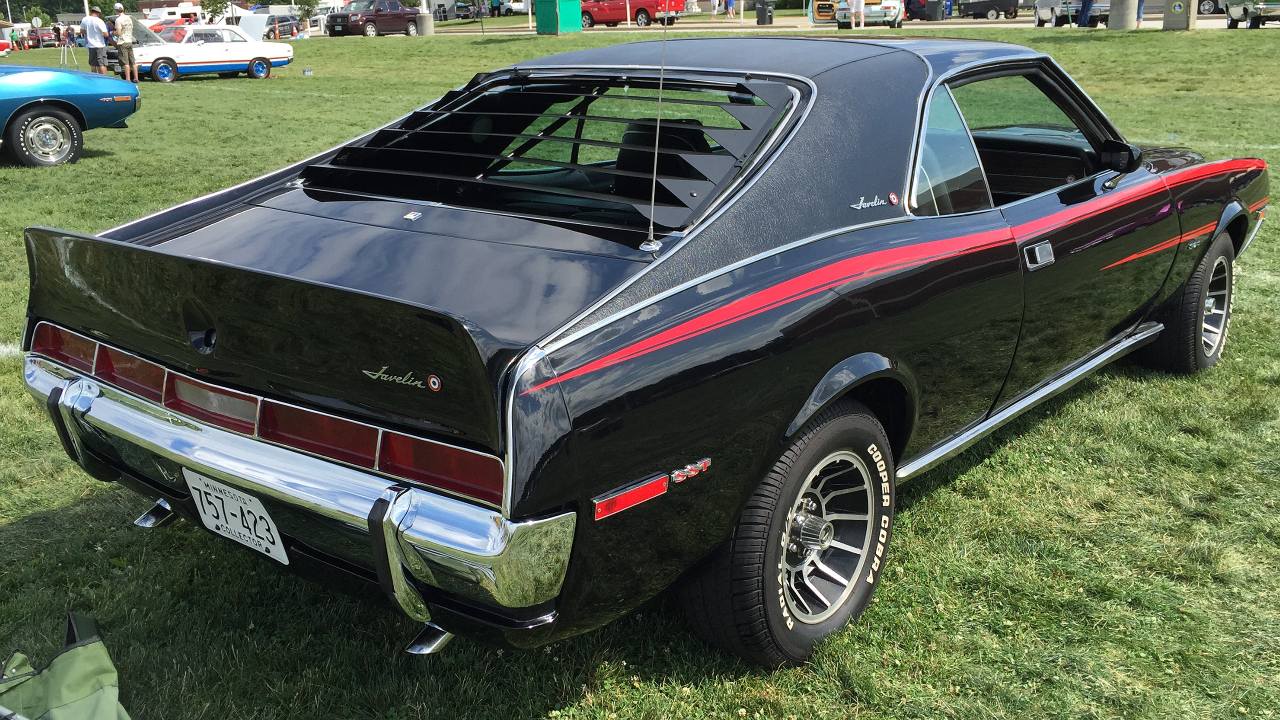
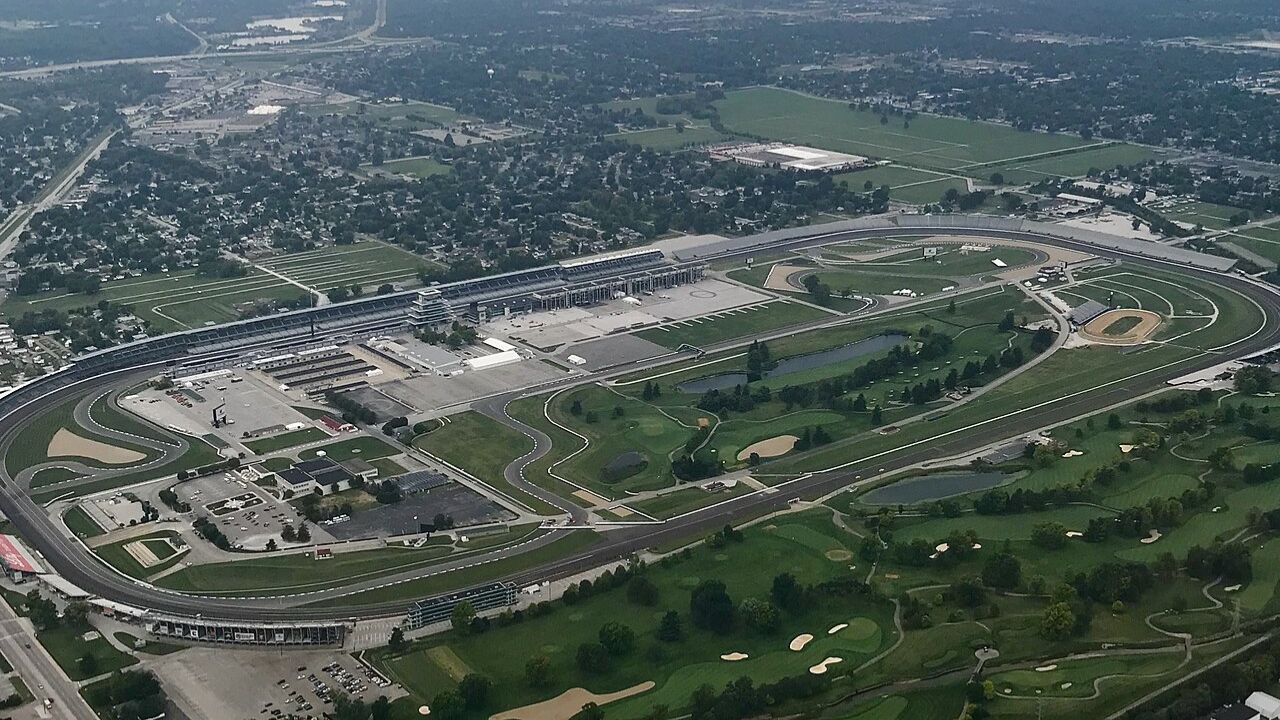
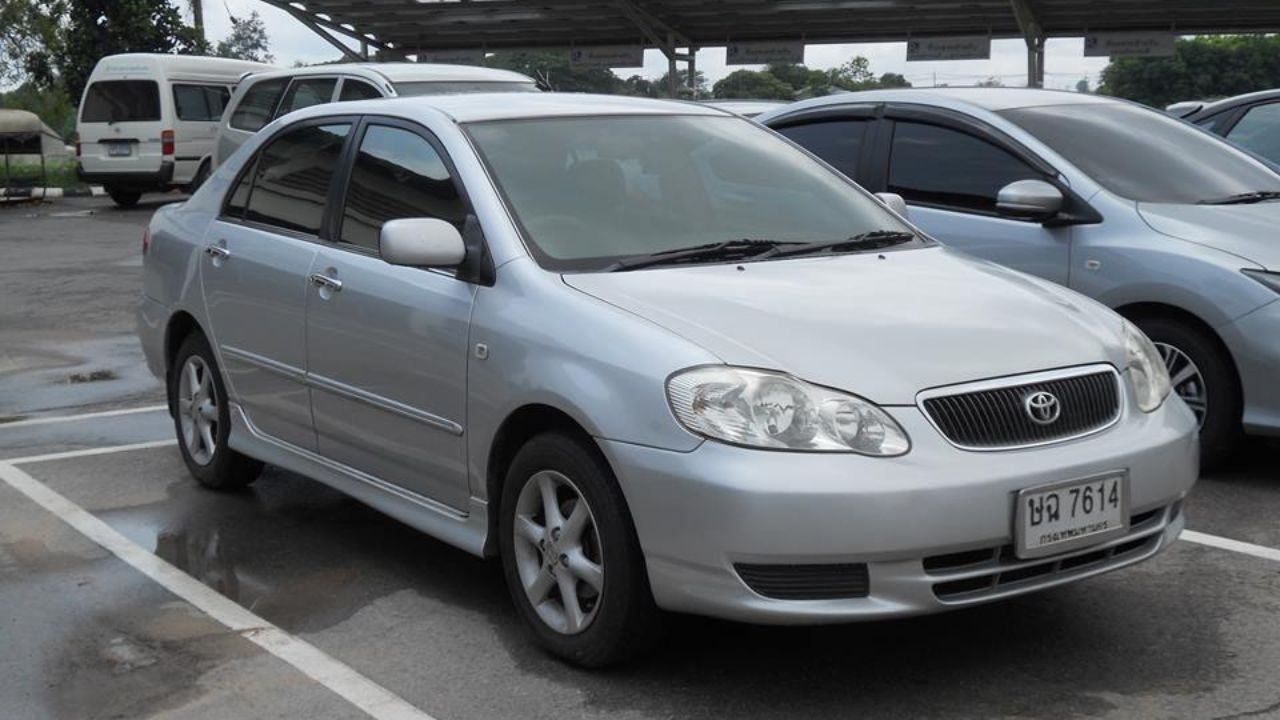
Leave a Reply